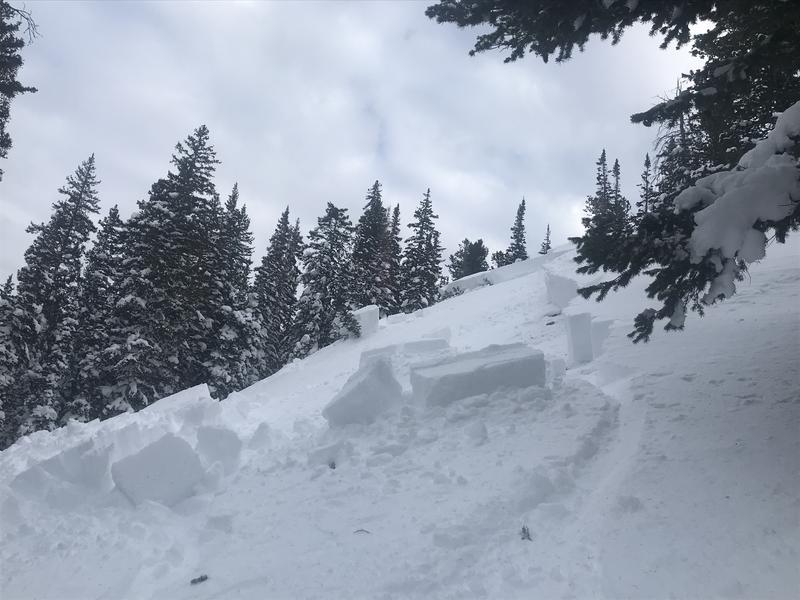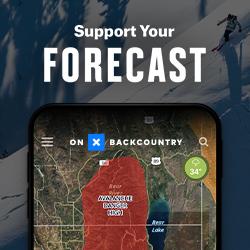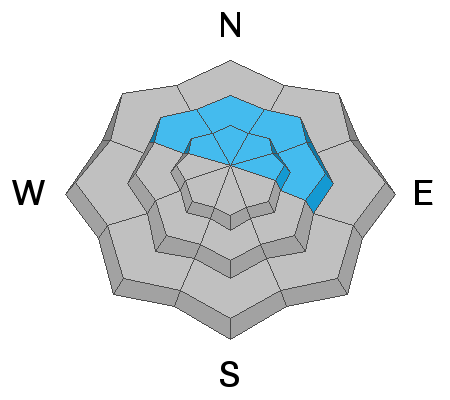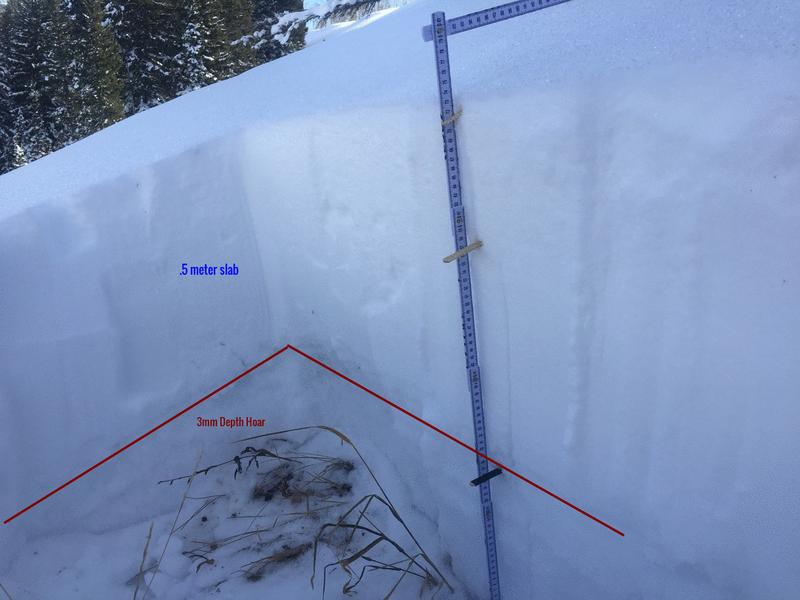Forecast for the Salt Lake Area Mountains

Issued by Nikki Champion on
Thursday morning, December 5, 2019
Thursday morning, December 5, 2019
The avalanche danger is CONSIDERABLE on most upper elevation slopes of the northern end of the compass, where a persistent weak layer exists and wind drifted snow can be found, this includes east aspects. The danger is also CONSIDERABLE on mid-elevation slopes facing northwest through northeast east. There is a MODERATE danger on all other mid-elevation slopes and a LOW avalanche danger on all slopes below 8000 feet.
Today, the sensitivity continues to decrease but dangerous avalanche conditions still exist. Last weekend a large avalanche cycle occurred, there are still chances of triggering a large, deadly avalanche today. Use careful snowpack evaluation, cautious route-finding and conservative decision making.

Low
Moderate
Considerable
High
Extreme
Learn how to read the forecast here









